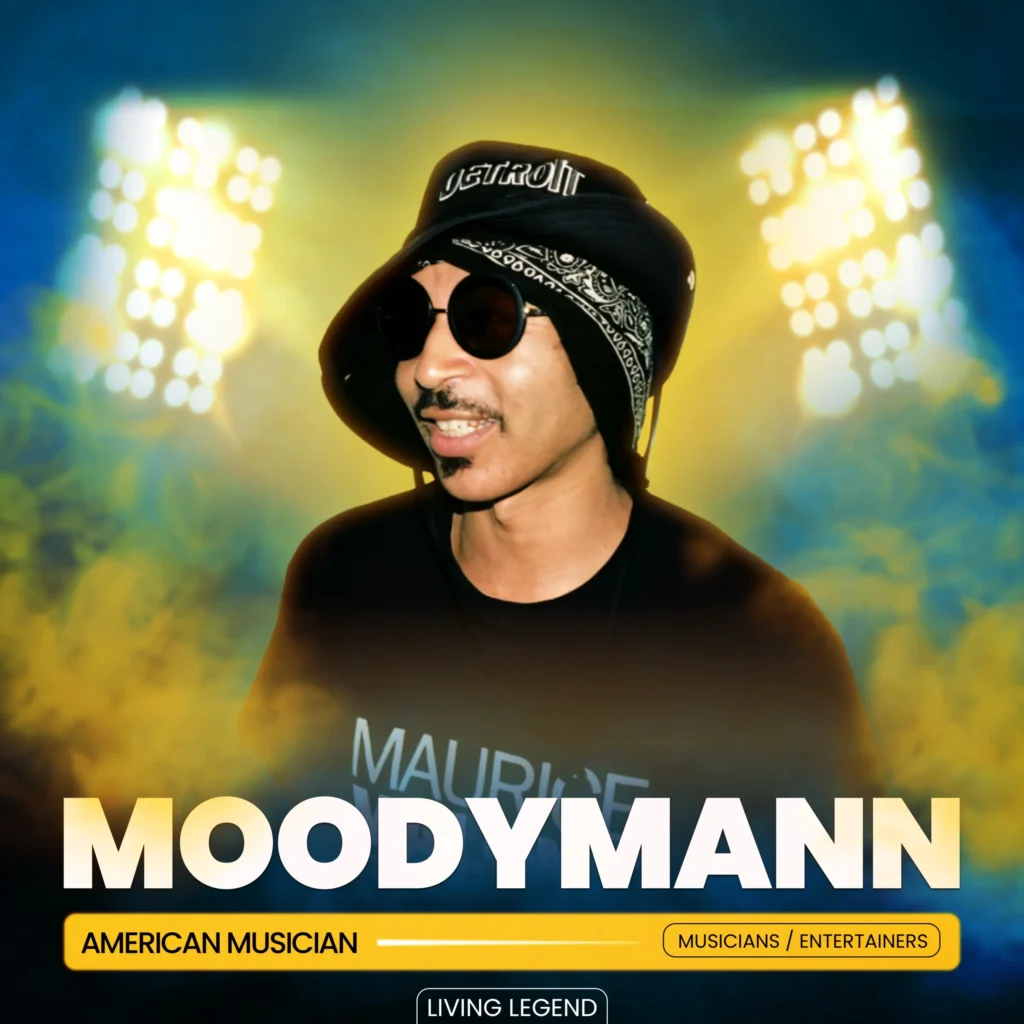Moodymann is more than a DJ.
He’s a living, breathing myth.
Since his rise in the late 90s, the man formerly known as Kenny Dixon Jr. has pushed Detroit’s house music scene out of basements and warehouses into concert halls all over the world – all without ever losing the authenticity forged in the city that made him.
His music is smoky, soulful, and unpredictable – much like Detroit itself.
A man who rarely allows interviews and exists mostly behind masks and shadows, Moodymann’s signature can be found everywhere – from sweaty late-night sets to samples that sound like Motown’s ghosts come alive.
In short, loving Detroit’s music culture means knowing Moodymann in some way – even if you’ve never seen his face or know any of his tracks by name.


 Please check your email for your login details.
Please check your email for your login details.
